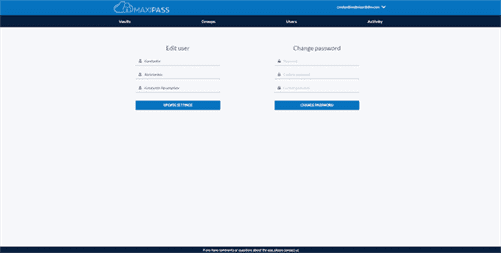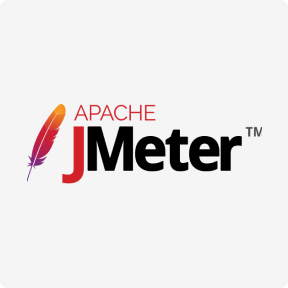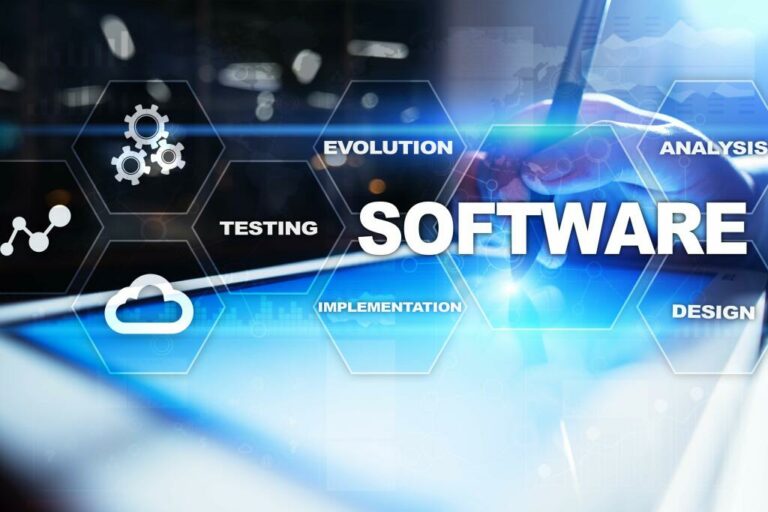02 Nov 5 Phases of Project Management Process A Complete Breakdown
This helps PMs define what needs to be accomplished before moving onto the next phase of a project. Once a final decision is made on the requirements, ensure that you get a signed agreement from the key stakeholders. This is done to ensure that there are no changes or uncontrolled growth in the scope of the project. I also recommend that you invite knowledgeable people from outside the project to gain perspective of those not so intimately involved in developing the product requirements.

Finally, they will need to collect all project deliverables and documents and store them in a single place. Common risks include unrealistic time and cost estimates, customer review cycle, budget cuts, changing requirements, and lack of committed resources. Once all the requirements are analyzed, create a detailed written document and circulate it among the key stakeholders, end-users and development teams. Requirements analysis or requirements engineering is a process used to determine the needs and expectations of a new product. It involves frequent communication with the stakeholders and end-users of the product to define expectations, resolve conflicts, and document all the key requirements.
PMBOK® Guide Concept of the Project Life Cycle
For systems engineers to manage the growing complexity of connected products, they need better visibility into changes, deeper insight into data and shared tools for global collaboration. Having inadequately defined requirements can result in scope creep, project delays, cost overruns, and poor product quality that does not meet customer needs and safety requirements. The need is solved by providing the right type of functionality by the people who have some type of interest in the project .

Being able to manage non-functional requirements is something you’re probably going to have to help users with, as in my experience, they tend to default to thinking only about features. Feasibility studies are typically used for larger projects that require significant https://www.globalcloudteam.com/ company resources. You might not need to run a feasibility study for smaller projects with minimal long-term impact. Keep in mind that a feasibility study takes time and resources to complete, so make sure it’s really necessary before you dive in.
Featured Reads
A stakeholder is someone who has an interest in your project’s outcome. They play a vital role in developing and discussing your project’s requirements and identifying the resources you need in order to hit your project goals and ensure its success. The various techniques used by a project manager for requirements gathering include interviews, questionnaires, user observation, stories, prototyping, role-playing, and scenarios and use cases.
Simplilearn’s Business Analytics for Strategic Decision Making with IIT Roorkee will help you go beyond basics and master business analysis techniques in no time. This course also includes Agile Scrum methodologies, SQL database, and visualization tools with a focus on real-world projects. Get started with this course today to become an expert business analyst.
Top Alternatives to Jira Work Management
Streamline engineering processes to enable global collaboration and the reality of a single source of truth. Build confidence in the teams doing the work by showing them the value of their efforts in real time. Issues in requirements management are often cited as major causes of project failures.

It can be helpful to create a checklist of sorts to make sure that nothing is forgotten. By all means, put everything on the list, but then you’ll want to use a technique like MoSCoW to help stakeholders prioritize what they can actually have. There are a few key things to keep in mind when developing requirements for a project. Whether you call them use cases, user stories, just ‘requirements’ or something else, they are the expression of what you want from the project. Finally, they provide a baseline against which the project’s progress can be measured.
Requirements Definition Phase – Are we done yet?
You can use this free template to describe the stakeholders involved with the project, what their relationship to the project is and the level of commitment, which helps you plan how to manage them. By thinking in terms of phases, the project team ensures that deliverables produced at the end of each phase meet the project’s goals. Managing a project by phase also makes sure that the https://www.globalcloudteam.com/glossary/requirements-phase/ team is properly prepared for the next phase. The decision to officially divide a project into phases is an excellent way to manage the team’s focus, allocate resources, and align the entire project life cycle with clients and stakeholders. If additional planning, time, or resources are needed, you’ll need to communicate them to relevant project stakeholders before it’s too late.

The project manager usually will prepare a final report with the actual cost values. Some organizations also do post mortems to evaluate what went well and what didn’t go well in the project, mainly to learn for upcoming projects. If we’re talking about an IT project, the closing phase may involve final checks and tests, installing the system at the customer site and training people.
What are the key features of Notion?
Through this, you can compare and assess their responses in relation to the project’s established goals and objectives. You will also get an understanding of what they’re hoping to get out of the project and incorporate anything they want to add or address in the project management process. This process is primarily used by project managers to prioritize and create a list of goals, and then streamline operations to finish their projects within a short time period. It helps increase profits and returns on investment for the company. So, as we mentioned, before you even begin, you’ll want a repository for all of your documentation. Maybe this is a file-sharing system where all documents can be accessed by multiple users from the same server.
- A team’s performance during the Project Initiation Phase can result in either authorization, delay, or discontinuation of a new project.
- In addition to these significant features, Notion provides other useful functionalities such as task assignments, deadlines and timesheets, reminders, file attachments, and extensive search capabilities.
- It involves identifying the cost, quality, available resources, and a realistic timetable.
- You can filter for the critical path and set a baseline to track the variance between your planned effort and actual progress.
- It also includes task dependencies that will allow the project team to use the critical path method if it chooses.
- Use our task list project view to collect, prioritize and assign your project requirements.
People often ask me “how do we know when we are done with the requirements phase? You are never completely done with requirements but criteria do exist by which you can assess the completeness of your requirements and gauge your readiness to proceed with design. Requirement gathering discusses the duration of a project schedule, members to be involved in the project, the various risks a project may face, and many other crucial project elements. On the other hand, many experts opine that adding security tasks during the requirement phase is fruitful rather than depending on insecure code from the software that is already developed. Alternatively, some enterprises with a better budget may also opt for hiring domain experts from a particular industry in which the software product is going to be built. And for that having knowledge about software development would be beneficial.
FAQs about Project Requirements
The Acquisition Plan is continuously updated with the active involvement of the Investment Manager and Contracting Officer. Approval of the Project Charter signals the advance of the project to the next phase, the Project Planning Phase. Requirements gathering typically happens during the project brief or initial kick-off meeting.






No Comments